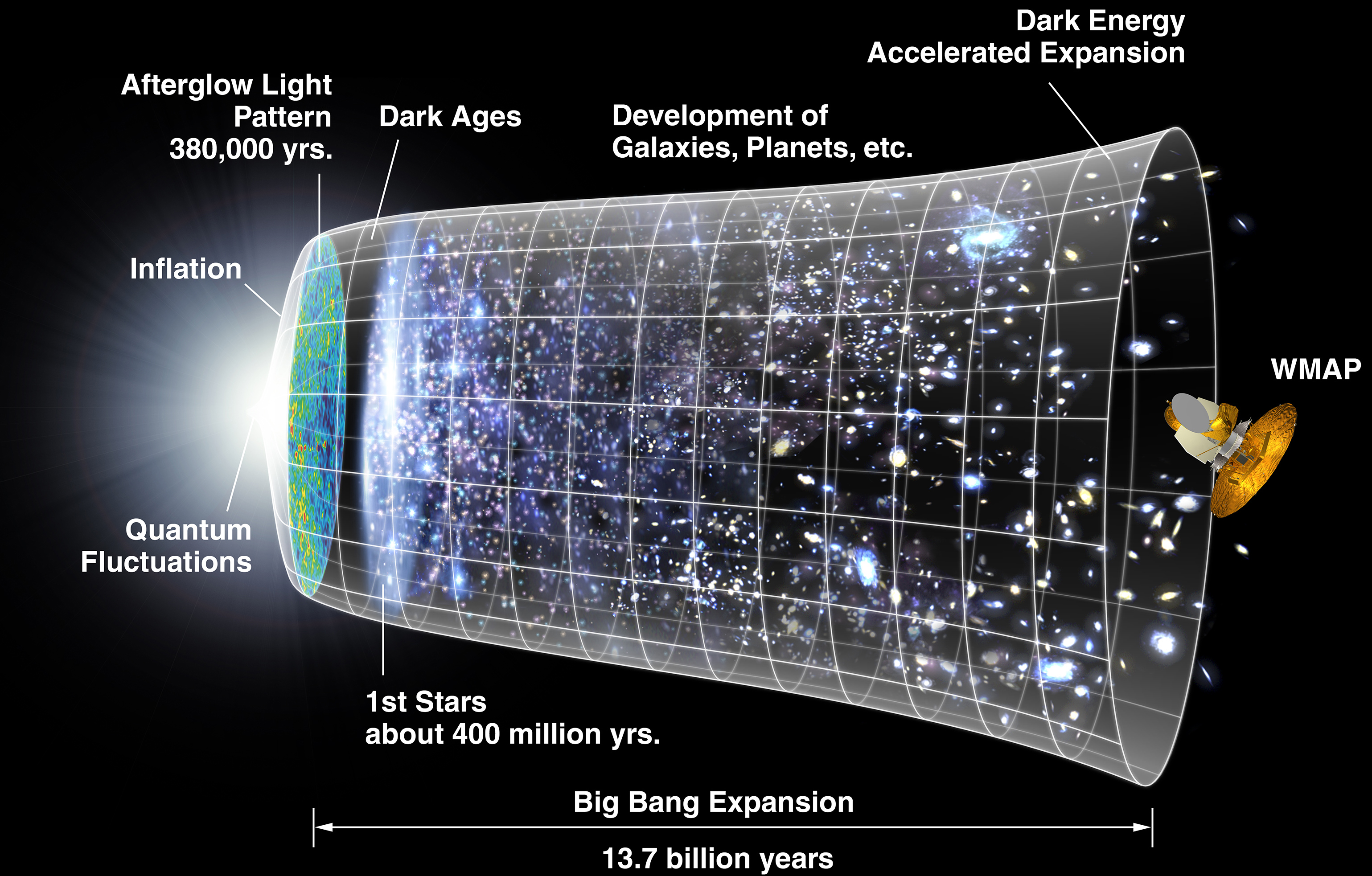How Does the Expansion of the Universe Affect How Galaxies Appear To Us Today?

Question:
A question regarding distant galaxies and the expansion of the universe has been nagging me for years. I know the universe is expanding and that due to that expansion light from galaxies that was emitted billion of years ago has been red shifted. It seems clear that a galaxy that omitted the light we now see that has traveled for ten billion years should appear smaller than a galaxy whose light we see has traveled for five billion years, since it would further away. But my question is this: Are we seeing those galaxies as they would appear absent a cosmic expansion at a distance of five and ten billion light years, or as they appeared from a point in the Milky Way Galaxy five and ten billion years ago, when the universe was much smaller and the distances between those galaxies and the Milky Way Galaxy had to be much smaller? Also, has the red shifted light made the two galaxies “shrink” in apparent size to correspond to how they would appear at distances of five billion and ten billion light years, respectively, even though they were much closer to the Milky Way Galaxy when the light from them was omitted?
Answer:
Distant galaxies appear to us today as they were when the light that we detect from them was emitted. For example, for a galaxy that is ten billion light years away, we are seeing the galaxy as it appeared ten billion years ago. The expansion of the universe does not affect the apparent size of a galaxy, though, as the light from distant galaxies that are expanding away from us is in fact shifted, but not compressed in frequency.





